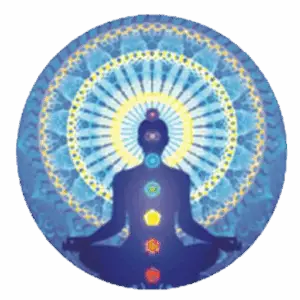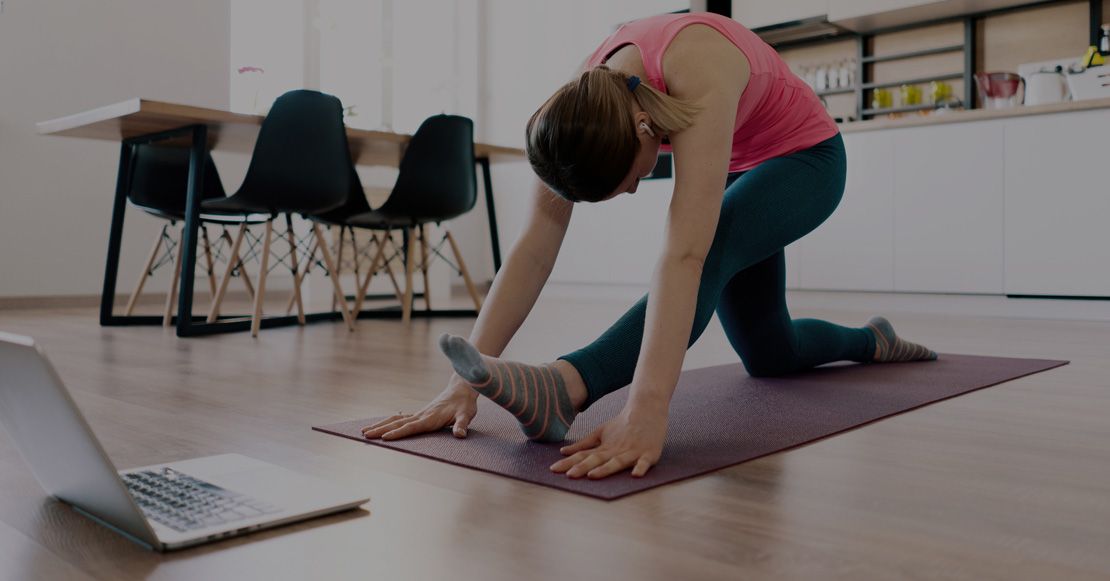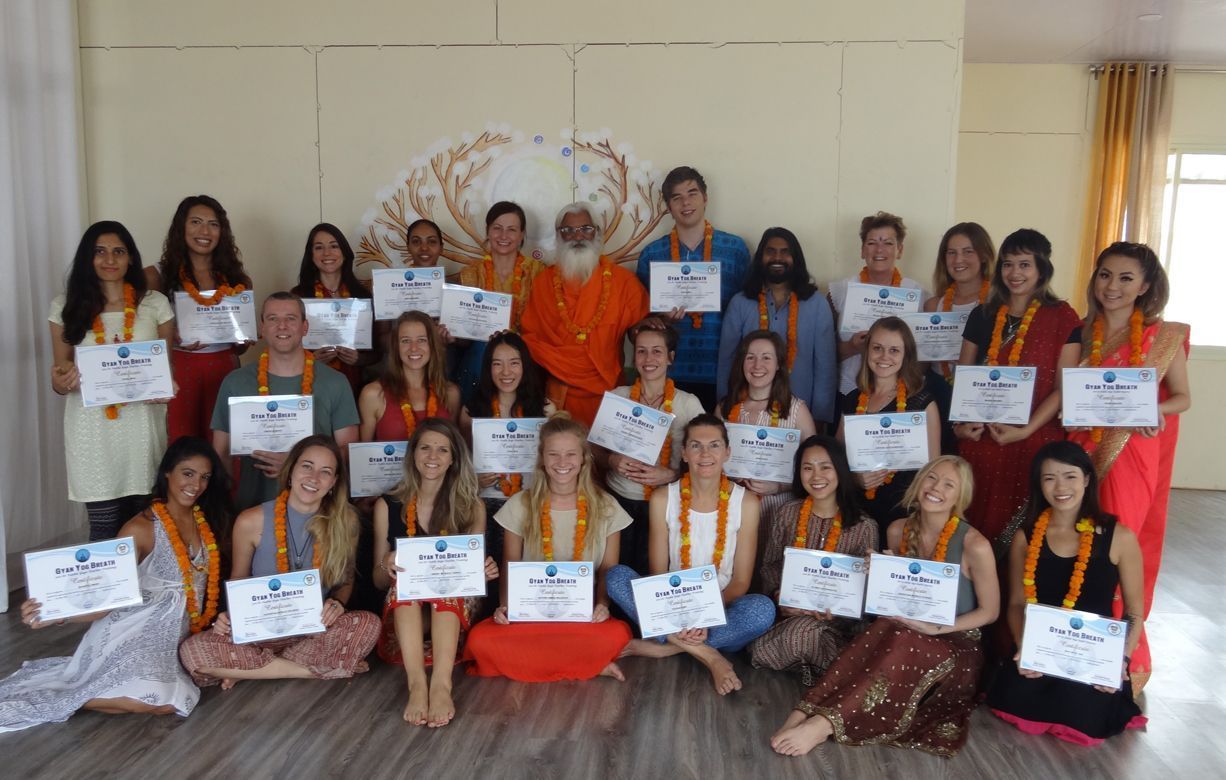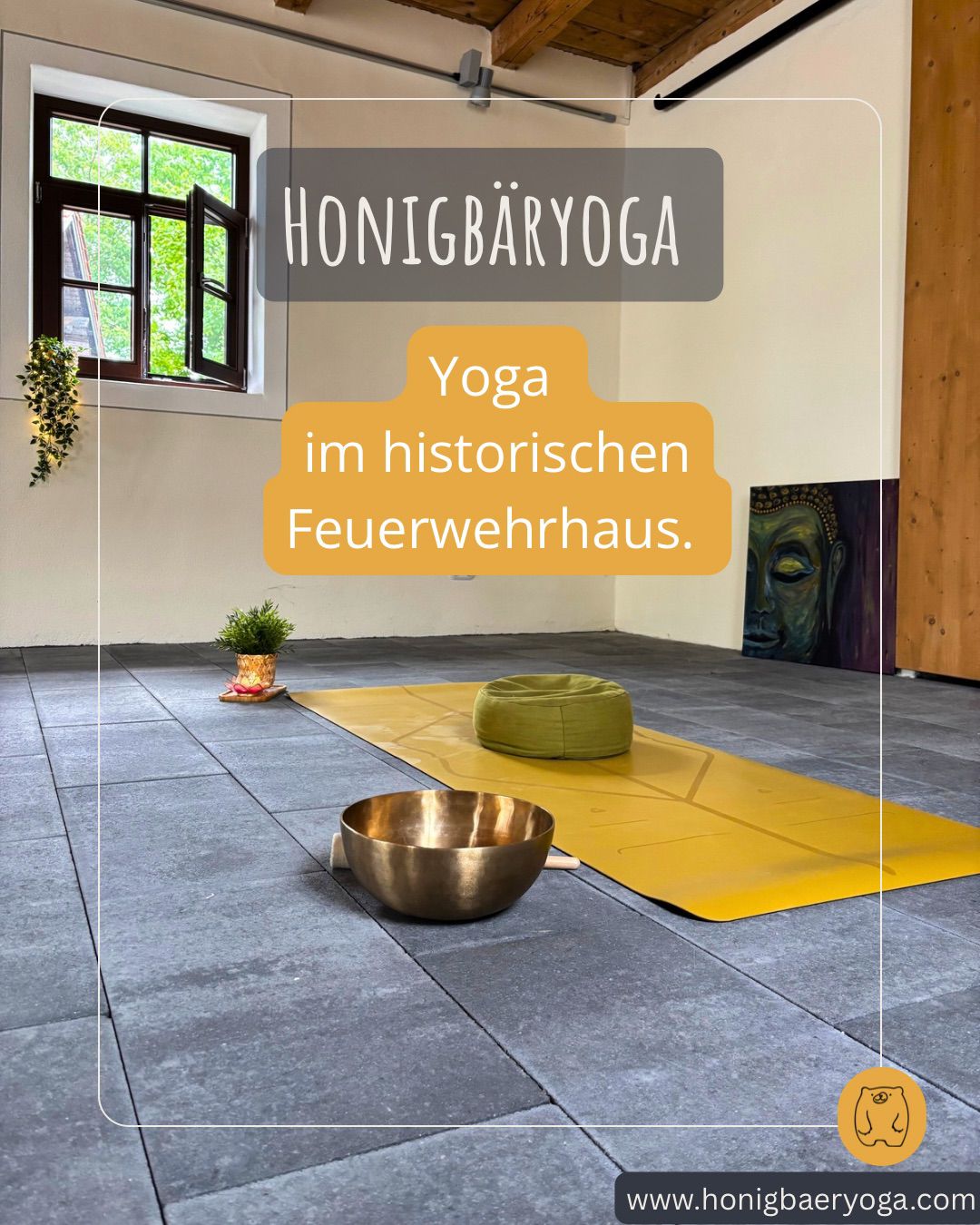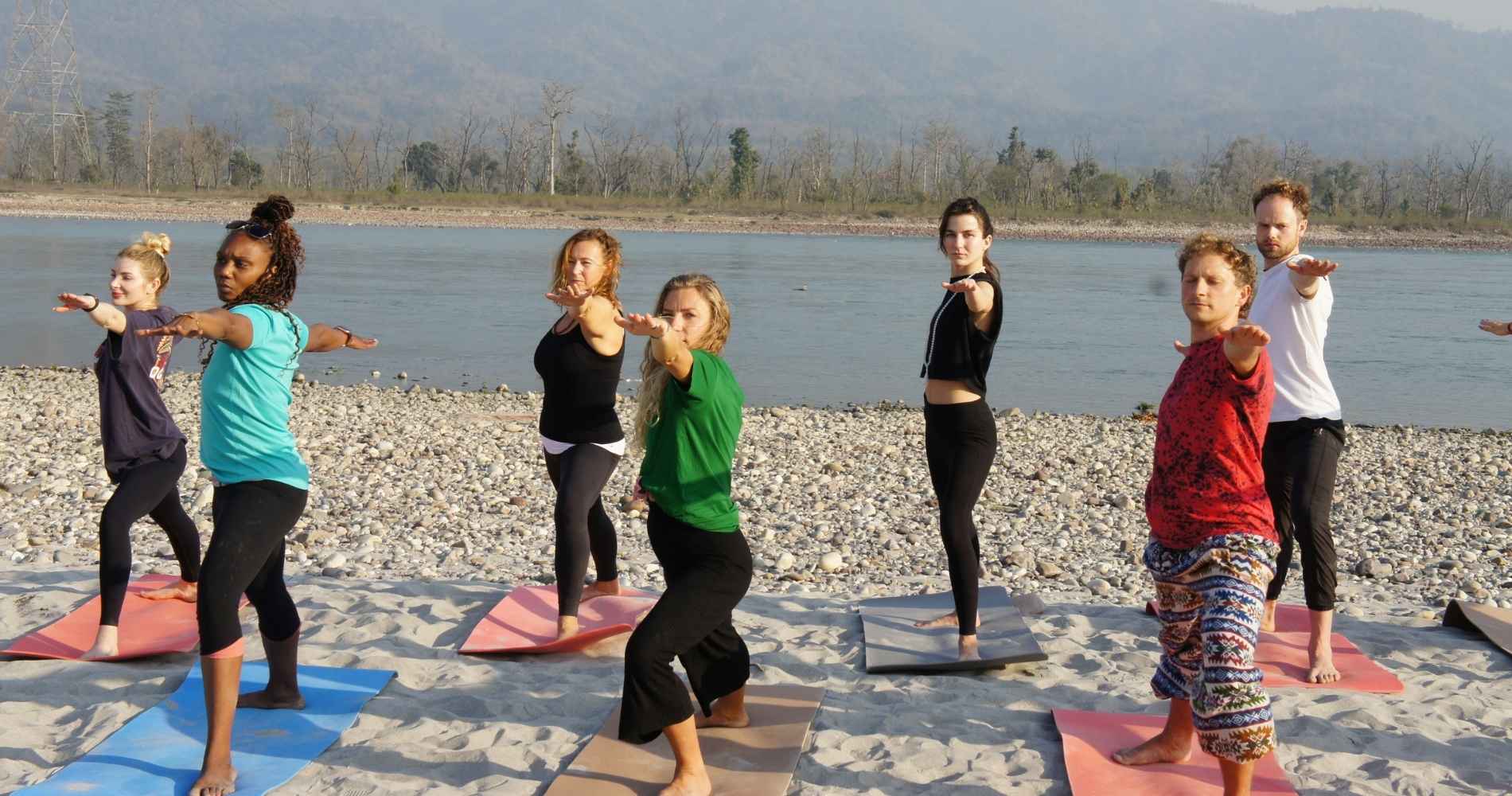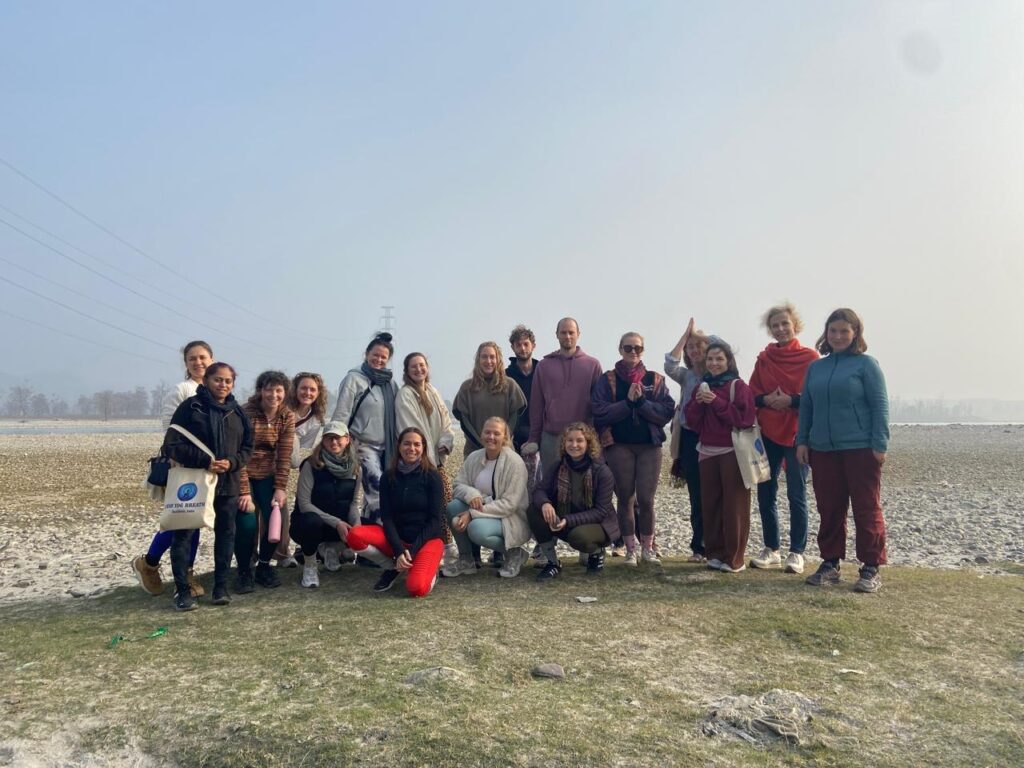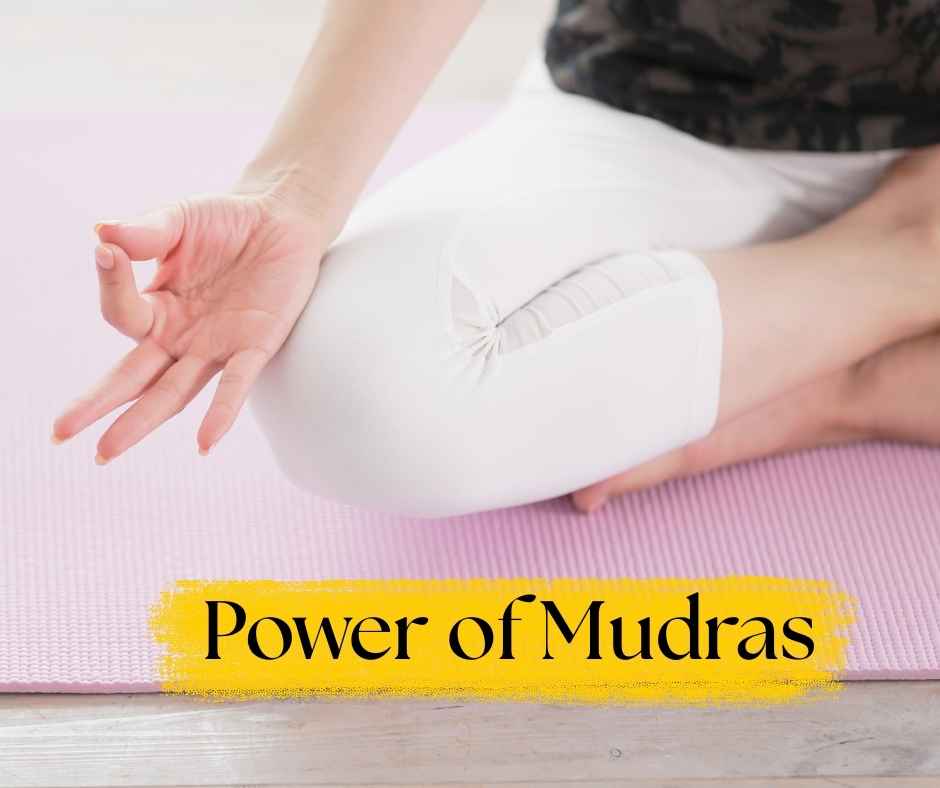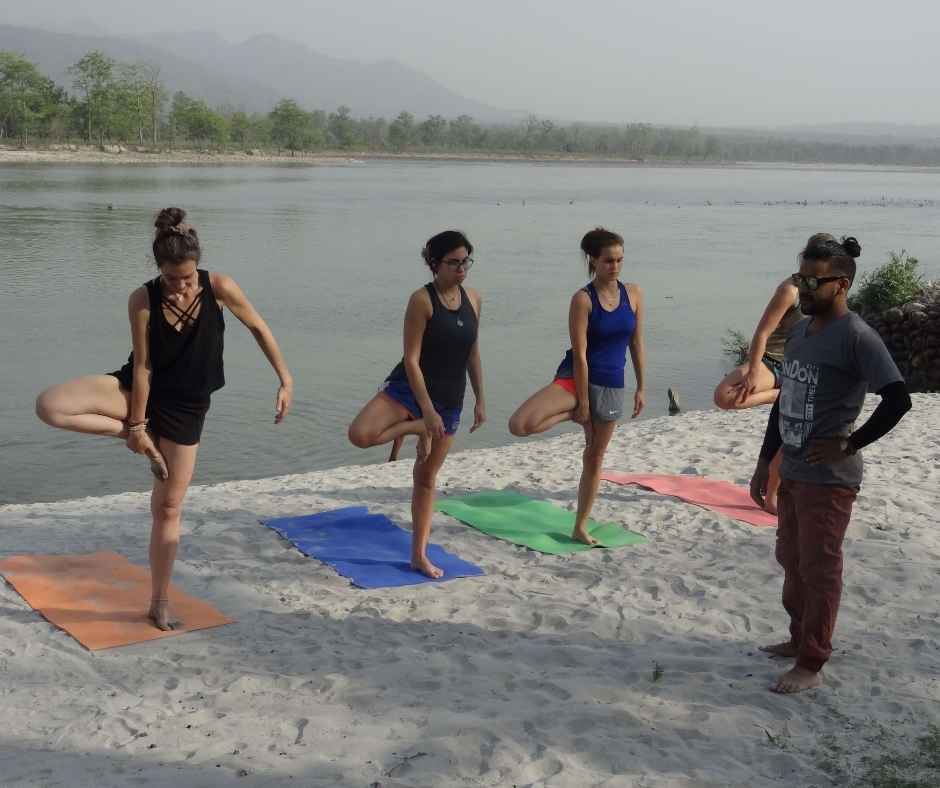
When I first came to yoga, I was a fitness fanatic. I tried it a few different times and quickly decided it wasn’t for me. Many years later, I tried again. It seems each time I tried, it was a different style, none of which I was too keen on. It wasn’t until I decided I needed to yoga to balance out my stiff body from all my running, that I started to practice regularly. At this point, I once again began experimenting with different styles. Ashtanga, Vinyasa, Bikram, power yoga…
Eventually my practice started to grow and I began to really enjoy the subtle changes happening within my body. Each day I became stronger and learned to stretch my body in different ways. Learning over time what was meant by certain cues that I never quite understood and then suddenly one day it would make sense. I would discover new muscles and a new way of engaging them. This paired with my consistent meditation practice has led me here. My curiosity of exploring yoga in its entirety has had me thinking about teacher training for quite some time.
This year after suffering some minor setbacks with injuries, I have turned to yoga once again to find my way back to total health. To start the healing process and rebuild a stronger body and mind.
To fully understand the benefits of yoga, first we must define yoga. Yoga means ‘unity’ or ‘oneness’. Yoga is a way to balance mind, body, and soul. Some people think of it merely as exercise but it is so much more. It is a set of techniques to purify mind, body, and soul.
Yoga is comprised of Asana, Pranayama, and Meditation.
First we start with Asana. Asana means ‘a position that is comfortable and steady’. It allows you to become in tune with the body, which will help you to develop control over the body, leading to control over mind and energy. This ultimately will lead to a higher level of awareness. Practicing asanas distributes energy throughout the body, harmonizing mind and body. These postures help to release mental knots by dealing with them on the physical level.
Next is pranayama. These are breathing techniques used to harness your prana or ‘life force’. The most basic parts are inhalation, exhalation, inner breath retention, and external breath retention. Mudras are gestures or attitudes that allow you to redirect energy. Bandhas, which means to lock or hold, are meant to lock energy in specific areas. Once the bandhas are mastered, they can be used together with mudras and pranayama to help you reach a higher consciousness.
Many Paths, One Aim: Yoga Leads to Inner Peace
All of these things put together, prepare you for meditation.
As for the physical and mental benefits, there are too many to name, but here are a few
- Creates strength, flexibility, and stability
- Improves spine health
- Good for joints
- Improves heart health
- Reduces inflammation
- Improves balance
- Improves posture
- Improves sleep
- Results stress
- Boosts mood
- Improves focus and concentration
- Increases energy flow
- Creates a deeper awareness
- Anti-aging through detoxification
- Improves memory
- Emotional resilience
- Increases calmness and tranquility
The list goes on and on!
Each of the asanas has its own purpose and set of benefits. Here are some examples that make me happy.
Baddha Virabhadrasana or ‘humble warrior’ is a hip and heart opening pose. This pose strengthens legs and shoulders while stretching the chest. It is also a pose of humility. Bowing down and surrendering to the divine. It also helps us to look inward. To find the awareness within.
- Begin in Warrior 1 (starting right foot forward)
- Interlace your fingers behind your back. Inhale to expand your chest and lungs.
- As you exhale, keep your heart open and gently bow forward. Your right shoulder may nudge your right leg further to the right as you relax your pelvis and drop into the pose.
Salamba bhujangasana or ‘Sphinx pose’ is great for toning the spine and stimulating the sacral-lumbar arch. It is a mild backbend. This is helpful for lower back pain, as well as stress relief. Ancient texts say this pose helps to build heat in the body, awakening Kundalini.
- Start by laying on your stomach. Feet hip width apart
- Press your legs evenly into the ground
- Bring the elbows under the shoulders
- Gripping the ground with your forearms and palms pressed firmly into the ground
- Send your heart forward while keeping your chin parallel to the ground
Prasarita Padottanasana or ‘wide legged forward bend’ is a great stretch for the back and insides of the legs. It opens the hips and stretches the spine. This pose is grounding and calming. It is also great for mild back pain.
- From Tadasana, step the feet wide apart, about your legs’ length.
- Your feet should be as close to parallel as feels comfortable to you.
- Lift your inner arches by drawing the inner ankles up. Firm the outer edges of your feet and big toes into the floor.
- Engage your thighs by drawing them up.
- Place your hands on your hips.
- Inhale and lengthen the front of your body.
- Exhale and fold forward from your hips, keeping your back straight, your chest open, and keeping your hips over your heels.
- Go halfway down with a straight back and place your hands underneath your shoulders onto the floor, keeping your arms straight. Maintain the length along the front of your body, neck long and maintain your gaze in front of you without compressing the back of your neck. Take a few breaths here.
- If you feel you can still go further with a straight back. On the next exhale, walk your hands back as you fold deeper from the hips, keeping your hands underneath your elbows, elbows pointing back, with your forearms perpendicular to the floor and your upper arms parallel to the floor.
Now an example of a pranayama technique
Kapalbhati or ‘skull-shining breath’ strengthens the nervous system and energizes the digestive organs. It purifies the nadis and energizes the mind for mental work. It detoxifies, focuses attention, and warms the body. It reverses the normal breathing process. It is done through forceful exhalations through the nostrils, and passive inhalations. As you practice, you can visualize your skill filling with a bright light.
- With a straight spine, take a cleansing breath
- Fill the belly with air ¾
- Forcefully exhale (thrusting abdominals inward)
- Repeat 10 times for 3-4 rounds
In conclusion, yoga is a wonderful practice that teaches you to really study yourself. You learn to observe the subtle changes, knowing that the only constant is that you are forever changing. Each day you must learn to inquire and honor what your needs are for the day. This is the path to living a good life.
